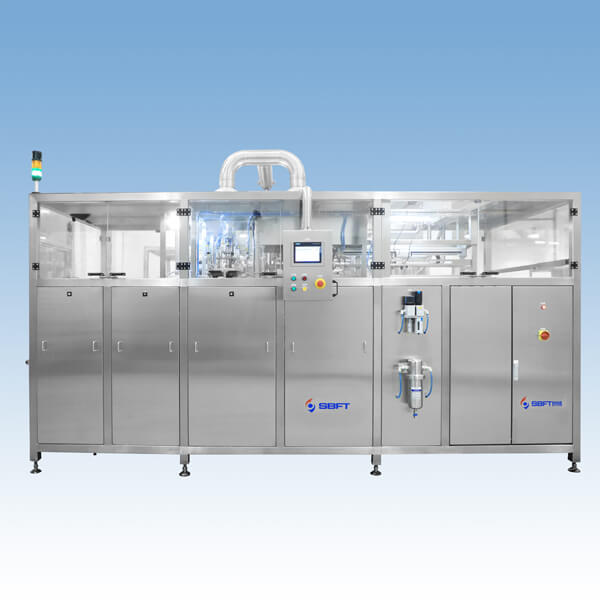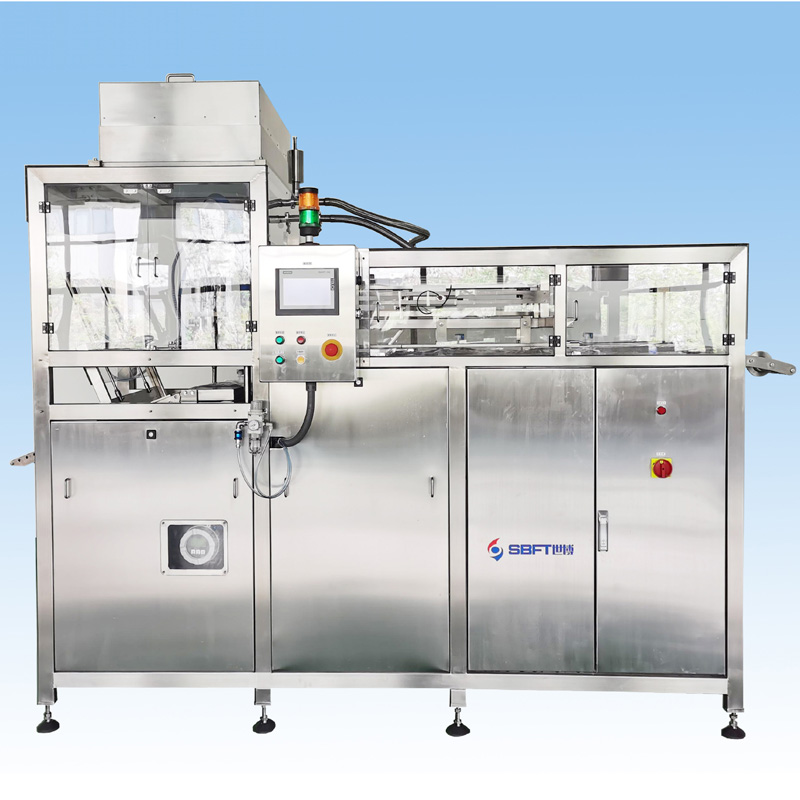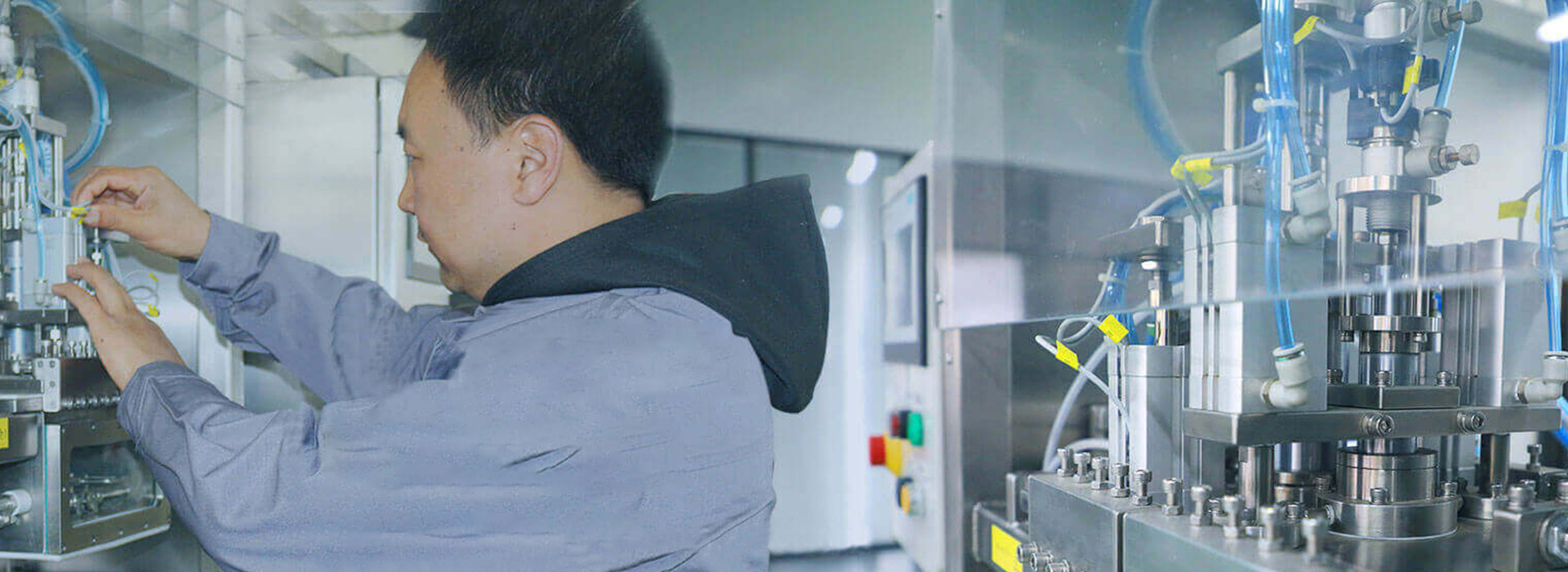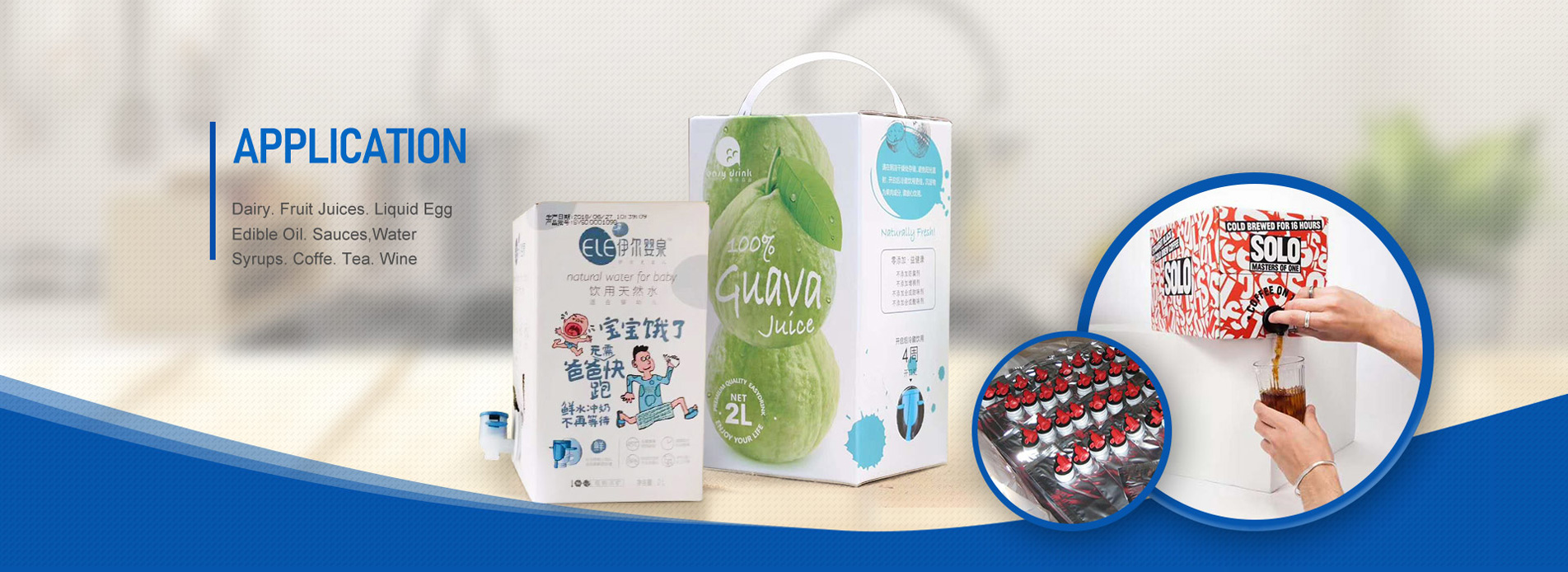What is Bag In Box Aseptic Filling?
Bag In Box Aseptic Filling is a packaging system that combines a flexible bag with a rigid outer box. The bag is typically made from multi-layer materials that provide an effective barrier against light, oxygen, and moisture, which are critical factors in preserving the quality of liquid products. The aseptic filling process involves sterilizing both the product and the packaging components before they come into contact with each other, ensuring that the final product is free from microbial contamination.


The Aseptic Process
The aseptic filling process consists of several key steps:
1. Sterilization of the Product: The liquid product is heated to a specific temperature for a defined period, effectively killing any harmful microorganisms.
2. Sterilization of the Packaging: The bag and any other components, such as the spout or tap, are sterilized using methods like steam, chemical agents, or radiation.
3. Filling: The sterilized product is then filled into the sterilized bag in a controlled environment, minimizing the risk of contamination.
4. Sealing: After filling, the bag is sealed to prevent any external contaminants from entering.
5. Boxing: Finally, the filled bag is placed into a sturdy outer box, providing additional protection during transportation and storage.
Advantages of Bag In Box Aseptic Filling
Extended Shelf Life
One of the most significant benefits of Bag In Box Aseptic Filling is the extended shelf life it offers. Products can remain stable for months or even years without refrigeration, making it an ideal choice for juices, sauces, dairy products, and other liquid foods. This extended shelf life not only reduces food waste but also allows manufacturers to distribute their products over longer distances.
Cost-Effectiveness
The Bag In Box system is often more cost-effective than traditional packaging methods. The lightweight nature of the bags reduces shipping costs, and the efficient use of space allows for more products to be transported at once. Additionally, the aseptic process minimizes the need for preservatives, which can further reduce production costs.
Environmental Benefits
As sustainability becomes a priority for consumers and manufacturers alike, Bag In Box Aseptic Filling offers an environmentally friendly alternative. The packaging materials are often recyclable, and the reduced need for refrigeration lowers energy consumption. Furthermore, the efficient use of materials means less waste is generated during production.
Convenience and User-Friendliness
Bag In Box packaging is designed for convenience. The spout or tap allows for easy dispensing, making it user-friendly for consumers. The compact design also makes it easy to store, whether in a pantry or a refrigerator. This convenience factor is particularly appealing to busy households and on-the-go consumers.
Applications of Bag In Box Aseptic Filling
The versatility of Bag In Box Aseptic Filling makes it suitable for a wide range of applications. Some of the most common products packaged using this method include:
Beverages: Juices, smoothies, and flavored waters benefit from the extended shelf life and protection against spoilage.
Dairy Products: Milk, cream, and yogurt can be safely stored without refrigeration for extended periods.
Sauces and Condiments: Ketchup, salad dressings, and marinades can be packaged in bulk, catering to both retail and food service industries.
Liquid Foods: Soups, broths, and purees are ideal candidates for Bag In Box Aseptic Filling, providing convenience for consumers looking for quick meal solutions.
The Future of Bag In Box Aseptic Filling
As the demand for sustainable and convenient packaging solutions continues to grow, the future of Bag In Box Aseptic Filling looks promising. Innovations in materials and technology are likely to enhance the efficiency and effectiveness of this packaging method. Furthermore, as consumers become more health-conscious, the appeal of preservative-free products packaged in a safe and sterile environment will only increase.
Post time: Oct-08-2024







